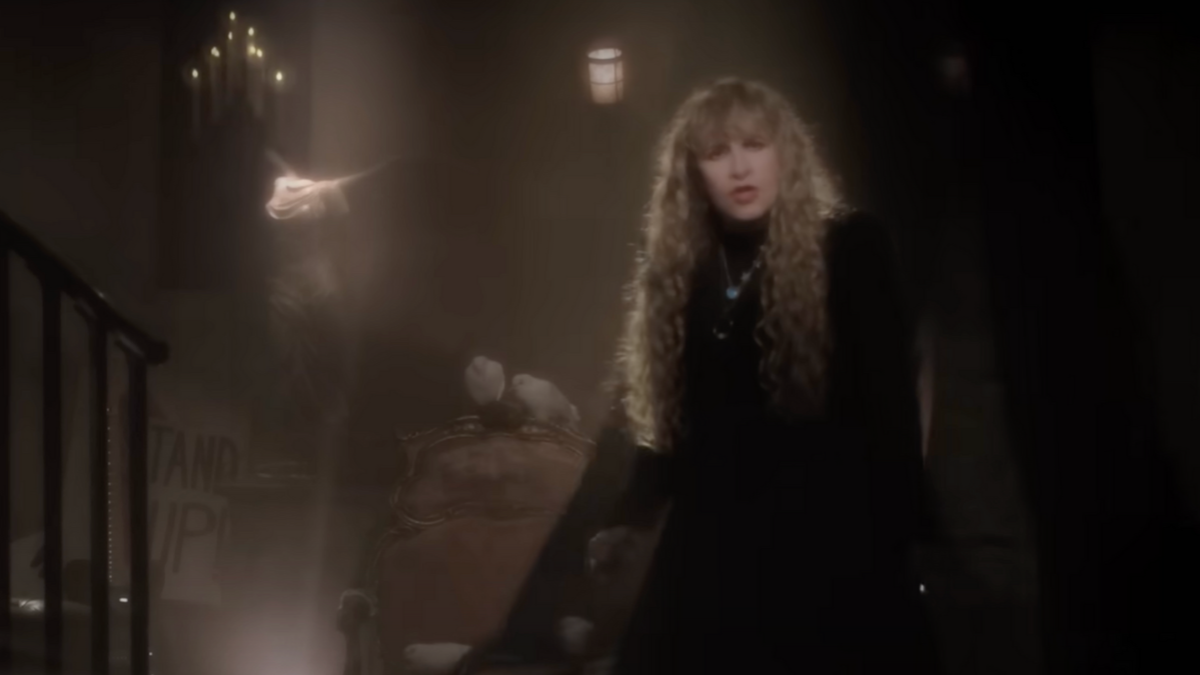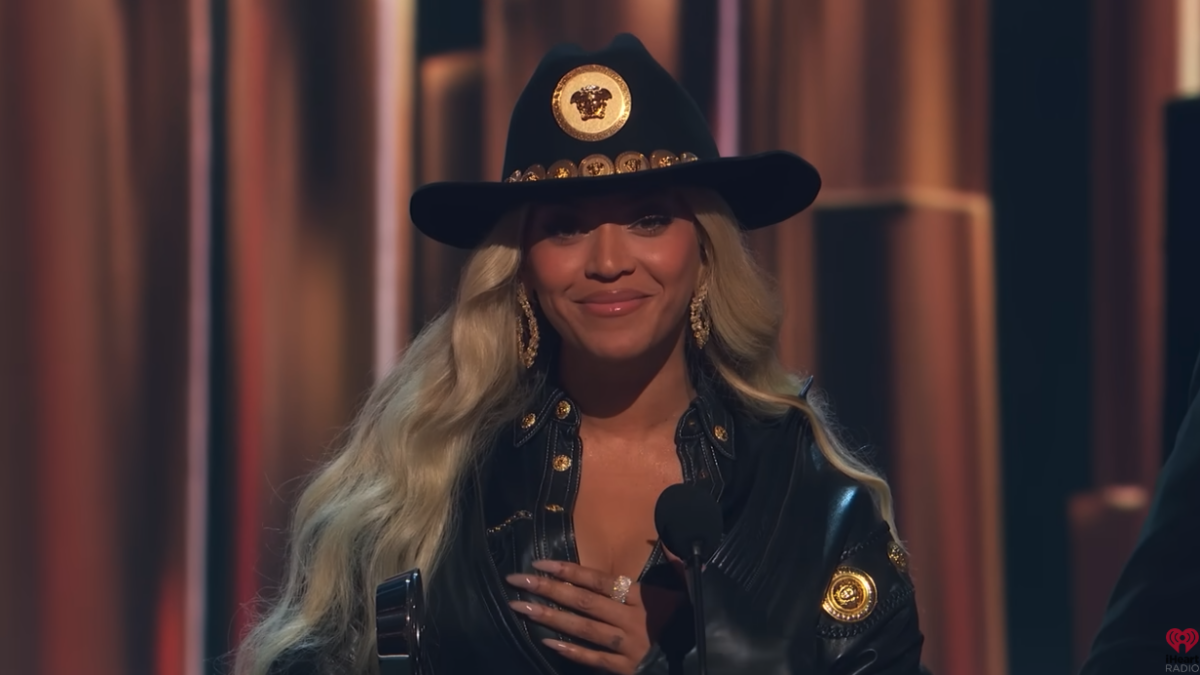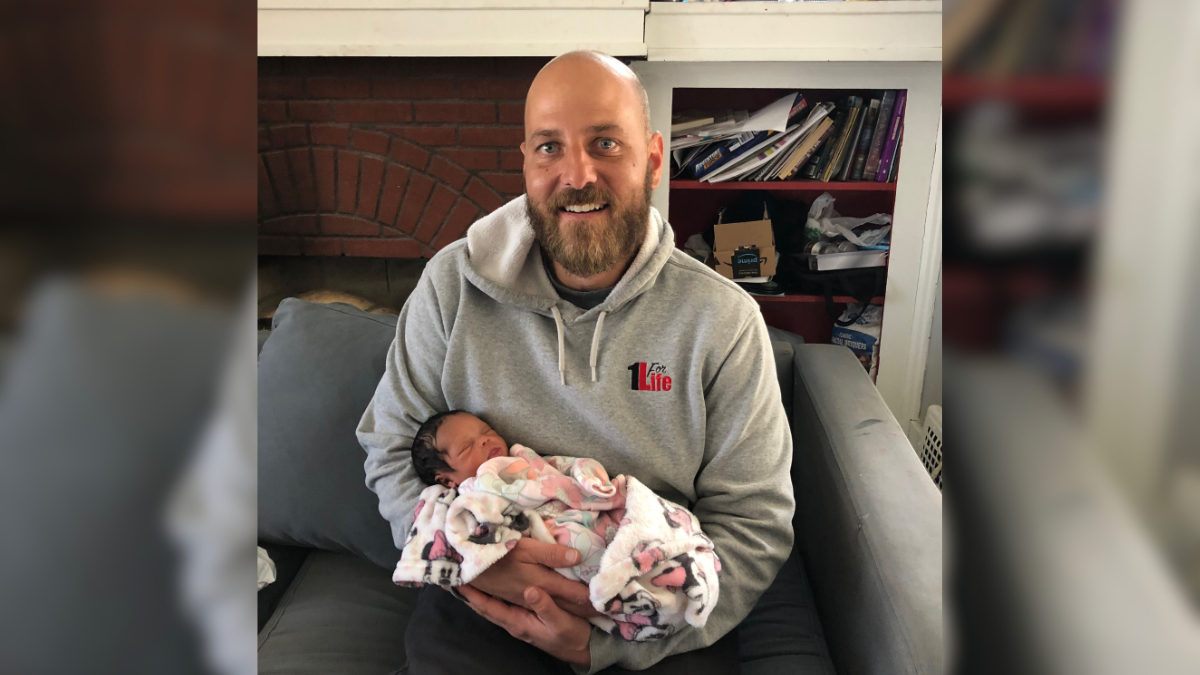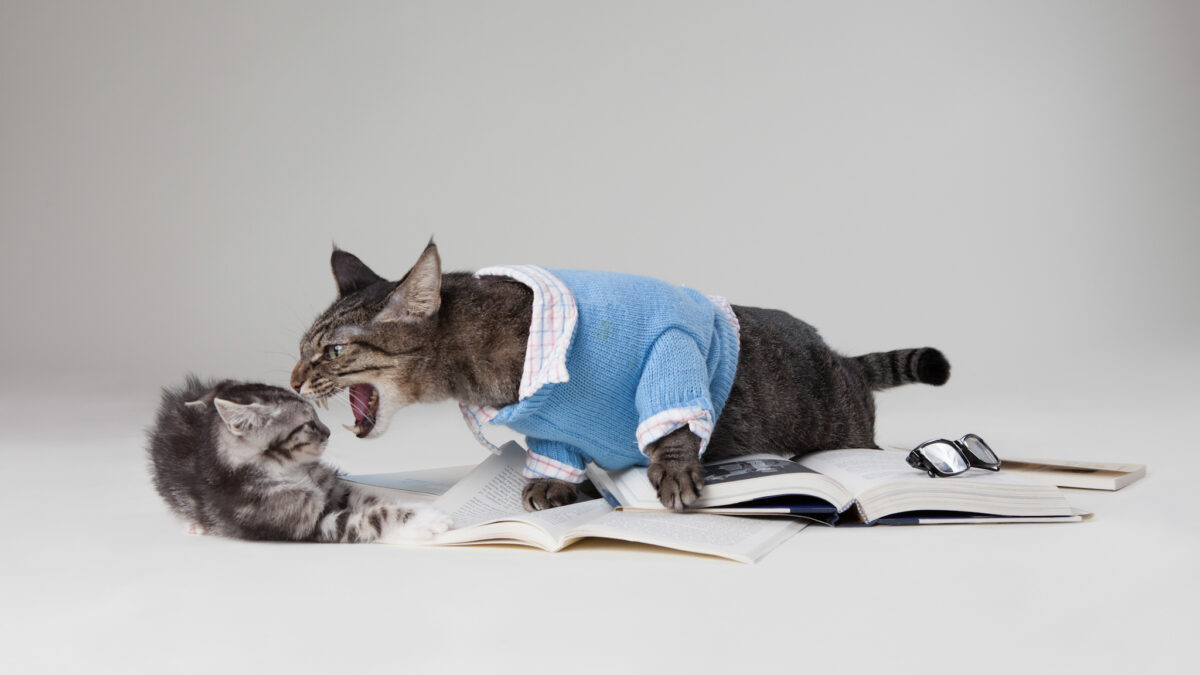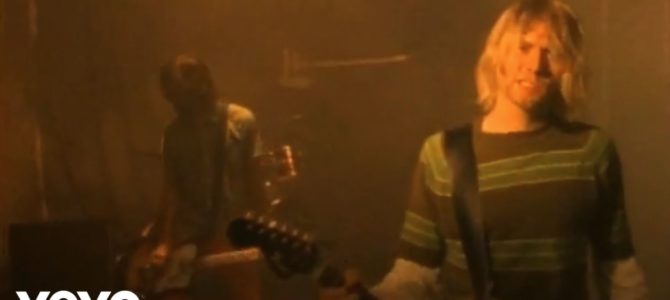
Sleep Good, a band from Austin (they’re not bad!) decided to mess with everyone by putting Kurt Cobain’s vocals in “Smells Like Teen Spirit” (SLTS) through an autotune plug-in and changing the song into a major key. This is the result:
Hearing this is such a strange experience that I’m not surprised everyone is talking about it. What I’m afraid of is that everyone is drawing the wrong lessons from it. The headline on the piece at Esquire is, “‘Smells Like Teen Spirit’ in the Wrong Key Proves That Nirvana Could Have Been a Great Pop Band.”
Let’s get something straight: Nevermind sold 30 million copies worldwide, and 10 million copies in the U.S. It’s not that Nirvana could have been a great pop band—they indisputably were a great pop band, and more precisely, they were great because they redefined the notion of what could be popular music. Indeed, the real problem with pop music is that we live in a world where everyone is telling you what is “pop” by cramming it down your throat without letting people organically decide en masse whether they like it.
With that in mind, I’ve been thinking about this video for a while and this weird little experiment kind of explains how everything with the ’90s alternative revolution went horribly wrong. Nirvana made such a massive impact that they established an inescapable template far too many subsequent bands tried to follow yet, as this shows, almost no one got it right. What’s amazing is that when you change SLTS definitively into a major key, it sounds so generically ’90s it’s amazing. The overall vibe is less reminiscent of Nirvana and more reminiscent of, say, Letters to Cleo or a million other forgettable grungy bands that clogged up “Alternative Nation” on MTV when I was in college.
Best I can figure, there are two fairly special things about SLTS. The first thing is, as the autotune amply demonstrates, is the overall melodic sensibility. So it’s time for some music theory. (Nota Bene: I am an entirely self-taught musician. If anyone from, say, Berklee is reading this, feel free to point me in the right direction.)
How ‘Teen Spirit’ Messes with the I-IV-V Progression
First, keep in mind the sound of your standard I-IV-V chord progression that you’ve heard a million times. It’s one of the biggest staples of pop music, heard in everything from “Louie, Louie” to “Wild Thing” to “Here I Go Again.” With SLTS, you’re hearing a choppy riff that seriously messes with listeners’ expectations, who over decades have been preconditioned to hear I-IV-V chord progressions.
Now the main riff of SLTS is syncopated power chords of F-B♭-A♭-D♭. Musically, one way of thinking of SLTS is starts in the key of F moves from the root F (the I chord) to the B♭ (the IV chord), but abruptly changes keys before it can resolve to the V chord (which would be C). The riff then shifts keys to A♭, going again from the root to the IV chord to D♭. Only it once again doesn’t resolve to the V chord. Instead the riff starts over again at F.
However, SLTS isn’t actually in two different keys. The song is in the key of F minor, because all of the notes F-B♭-A♭-D♭ are in that scale. It all hangs together cohesively, particularly because the second half of the riff begins on A♭, which would be a flat III in an F major scale, a note that defines a minor scale. However, after years of listening to pop music you’re so conditioned to hearing I-IV intervals resolve to the V chord, you’re hearing a key change as a matter of psychoacoustics.
If pop songs are expected to produce the required eargasm, the lack of resolution in SLTS is repeatedly teasing the listener with coitus interruptus. The result is that the song is kind of melodically in no man’s land. You keep expecting it to resolve to a major key, but it stays minor. SLTS is at once pleasingly musical and confusing to your ears. (Then again, Cobain could could make even sprightly, twee songs from The Vaselines sound unsettling.)
Then There Are the Unsettling and Unusual Dynamics
The second thing about the song is that it has just amazing dynamics. Nirvana was hardly the first band to do the loud-quiet-loud thing—Cobain even openly said he wrote the song trying to ape The Pixies. But people were not accustomed to ballad-level verses lurching in and out of punk/heavy metal loud choruses. Sonically, there’s still something about that song that is shocking in terms of how loud/quiet disparate the parts of the song are, and heaven knows producers and recording engineers have been trying to recapture that magic ever since. There is something about the dynamics of this song where the choruses leap out of even crappy car stereo speakers and punch listeners in the throat.
I think this is probably for a couple of reasons. CDs and digital recording were still in their relative infancy, and Nevermind was part of the last great wave of albums recorded on two-inch tape. Unlike digital recording methods such as Pro-Tools, multitracking to tape is expensive and a pain to edit should you make a mistake. However, it’s also obviously an analog format, so the dynamic range is noticeably larger than digital. (Hearing analog records for the first time and realizing how much more dynamic they are, I suspect is one of the reasons millennials are embracing vinyl.) [Note and correction: Dynamics are to some extent a matter of perception and there are reasons why analog is a better sounding format here, but if we’re talking about actual measurable dynamic, range two mastering engineers in the comments below—Joe in NYC and Jonny Ehm—explain how I’m wrong about analog. Digital actually has a larger dynamic range, and I encourage you to read their illuminating explanations. Thanks guys.]
I strongly suspect, though I can’t quite prove, that the “Loudness Wars” that went nuclear in the ’90s and ruined a lot of music were a result of mastering engineers being yelled at by producers and labels to make songs sound as specifically “present” on the radio as SLTS. This was in spite of the fact they had a more limited dynamic range to work with as they switched to digital recording methods.
It’s also I bet a matter of the aforementioned pyschoacoustics rather than specifically where the measurable recording levels peaked. People perceived SLTS as intensely dynamic and present because of range of disparity, Cobain’s intensity, and that they had maybe never heard quite such a contrast on the radio before and first impressions are indelible.
(It should also be noted that Nevermind’s producer, the legendary Butch Vig of Garbage fame, has some kind of secret sauce here. He also produced Smashing Pumpkins’ Siamese Dream, another sonically groundbreaking and dynamic record from the same time period. Getting any dynamics on that record is a pretty remarkable achievement when you consider that the basic guitar sound on that album was taking a Marshall JCM 800—basically the quintessential 1980’s hair metal high-gain amplifier—and running an op-amp Big Muff fuzz pedal into the low sensitivity input and cranking it. If you’ve ever been in a room with that, it’s basically the all-enveloping sound of someone pushing a buzzsaw against your jawbone while feeling your eardrums disintegrate. It’s piercing and mushy at the same time, and lacks the kind of compression one typically associates with dynamics. Of course, it really helps that the Pumpkins have easily a top-five drummer in the history of rock who makes the shoegaze-meet-Sabbath stuff somehow swing with a little jazz inflection. But the point is, Vig is a really, really good producer and I wish there were more like him with the same emphasis on finding and preserving dynamics in the recording process.)
Okay, so there is point here. If the two-part formula for SLTS, and Nirvana more generally, was putting a darker spin on very conventional melodies and employing a lot of dynamics, almost no one followed the formula. They either kept the grungy dynamics and opted for an explicitly poppy sensibility, e.g., Semisonic, Harvey Danger, and other ’90s one-hit wonders galore. Perhaps a few worthy bands flirted with recapturing Nirvana’s formula but weren’t as obviously talented or interesting—off the top of my head, The Toadies “Possum Kingdom” is similarly E minor-ish, off-kilter riff, dark lyrically, and catchy as all get-out.
Or they kept something lamely approximating the dark melodic sensibility, killed the dynamics, and unfortunately got exposed to AC/DC and hip hop alongside Nirvana instead of, say, glam rock and punk. It’s this latter category of nu-metal dreck that really seems to clog up modern rock radio, a format that is not coincidentally dying. Alas, I just Googled, and in case you’re worried, Nickelback and Evanescence are alive and well—they have no shortage of upcoming tour dates.
Anyway, the lesson I gathered from hearing SLTS in a major key? Well, it’s that for all the talk about grunge revolutionizing music and knocking Michael Jackson off the charts in 1991, if someone wants to be a dirgey, punky version of the Beatles, Nirvana’s heir apparent is still up for grabs all these years later. Still, given their place in history it’s kind of amazing no one else has really cracked the code, in the same way that loads of bands spent the decades following the ’70s obviously and directly swiping Zeppelin riffs.
Maybe lots of bands sound grunge-influenced one way or another, but to this day the only band that really sounds like Nirvana is still Nirvana. Perhaps that’s because most “pop” bands these days sound like each other, right down to using the exact same slight variation on the trusty I-IV-V over and over again. As ever, there’s no shortage of “pop” music, but hearing what Nirvana did with fresh ears is a good reminder that there’s not much pop music we can call great.


